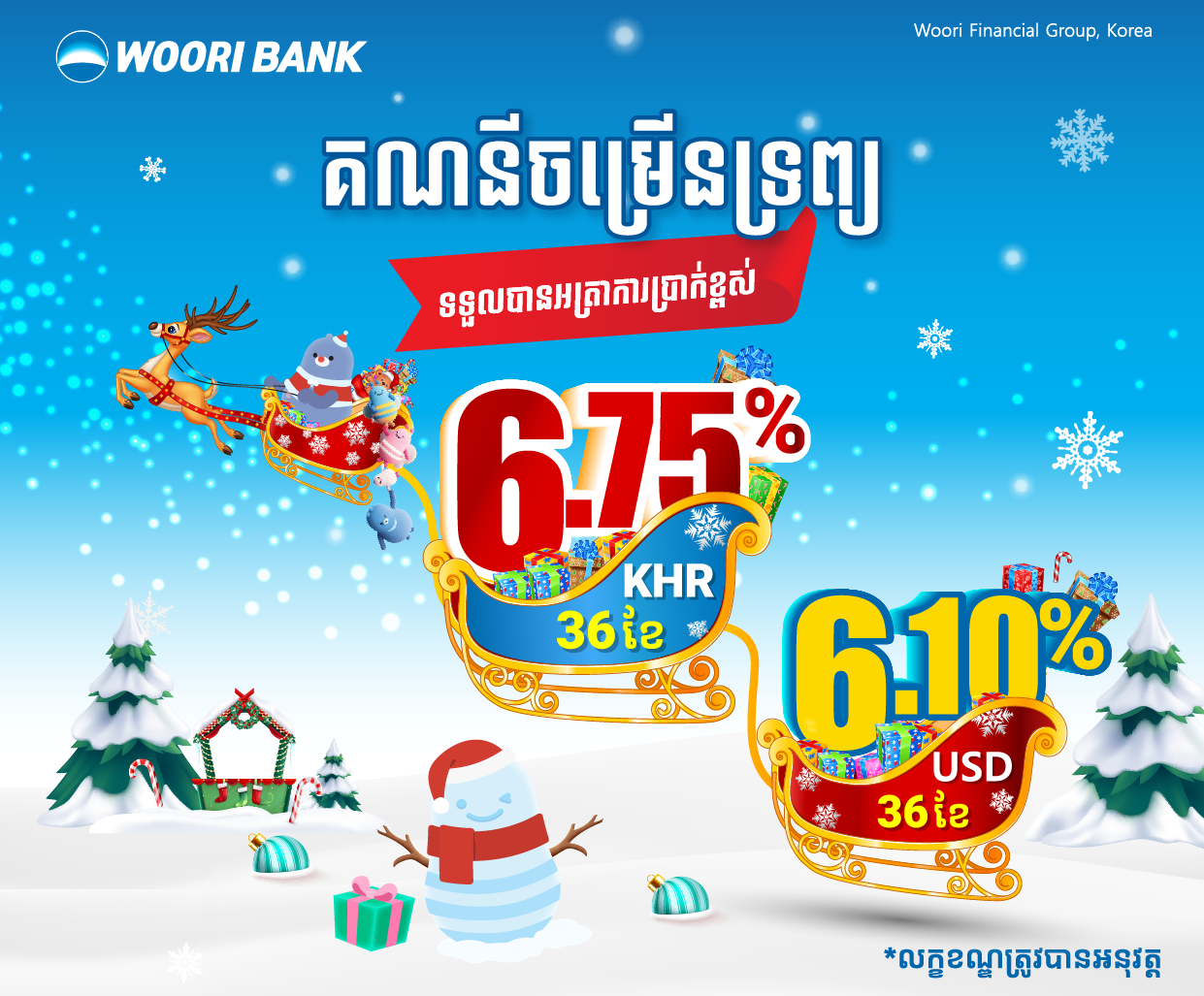
A fuel attendant fills up a customer’s tank at a TELA filling station in northern Phnom Penh’s Russey Keo district on March 31. Hong Menea
The retail prices of regular-grade petrol and diesel were both lowered by about 3.8 per cent on April 11, according to a Ministry of Commerce notice.
For the April 11-20 period, the retail selling prices of fuel in the Kingdom have been set at 5,050 riel or $1.25 per litre of regular EA92 – petrol with an octane rating of at least 92 – and 5,100 riel or $1.26 per litre of diesel, said the notice containing values in both currencies.
The corresponding rates for April 1-10 were 5,250 riel ($1.29) and 5,300 riel ($1.31) per litre of regular EA92 and diesel, respectively, up from 4,100 riel ($1.00) and 3,750 riel ($0.92) on December 16-31 – the most recent trough.
Compulsory for licensed filling stations, although usually not strictly enforced for street vendors, the pricing serves as a tool to facilitate and enhance cost control nationwide.
The finance, commerce and energy ministries on March 22 issued an inter-ministerial prakas, comprising 12 articles, intended to keep fuel prices “equitable”, according to commerce ministry spokesperson Penn Sovicheat.
The prakas’ chief stipulation is the lowering of the pricing period from 15 days to 10 days. They also named the commerce ministry’s Department of Private Sector Development as being responsible for calculating the retail prices of fuel in Cambodia. The department will issue the figures on the 1st, 11th and 21st of each month.
The rates are calculated using data extrapolated from fluctuations in crude prices on the international market, and a number of taxes and charges that are adjusted based on feedback from meetings with local oil importers and other stakeholders.
International crude prices soared after the Russia-Ukraine conflict began late in February, but have fallen back over the last few of weeks, driven by optimism that oil demand from China could plunge due to fresh Covid-19 curbs in major cities, as well as International Energy Agency (IEA) members’ plans to release around 240 million barrels of crude over the next six months from their strategic reserves.
At 1220 GMT on April 11, the June contract of Brent futures was at $98.69, down $4.09 or 3.98 per cent from its previous close, while US West Texas Intermediate (WTI) dipped to $94.11, with the May contract down $4.15, or 4.22 per cent, according to Investing.com.
Both benchmarks broke new records on March 7 with Brent reaching $139.13, marking the highest price since July 16, 2008, and WTI hitting $130.50 a barrel, the highest level since July 22, 2008, data from the financial markets platform indicate.
The ministry notice shows that the current tri-monthly regular EA92 rate was calculated by adding the $0.7551 average Means of Platts Singapore (MOPS) over April 1-10, $0.1847 in taxes and associated charges ($0.0635 in customs duty, $0.0200 in additional fees and $0.1013 in special fees) and $0.20 premium – summing up to about $1.140 – plus an extra 10 per cent surcharge on top of that for a total of $1.2538 or 5,071 riel, which were then adjusted to their final values.
Similarly, the diesel rate was computed from a $0.8448 mean MOPS (over the same six working days), $0.0742 in taxes and associated charges ($0.0000 in customs duty, $0.0400 in additional fees and $0.0342 in special fees) and $0.23 premium – tallying up to around $1.149 – with a 10 per cent surcharge for a sum of $1.2639 or 5,113 riel, which were then rounded to their current values.
And as has been customary since July 2018, the notice mentioned that the two current per-litre rates include a $0.04 reduction approved by Prime Minister Hun Sen “to ease the people’s livelihoods”.











